Unlocking the Depths of Coffee: A Guide to Choosing the Right Beans
The world of coffee is incredibly rich and complex, with the choice of beans and their grind size playing a crucial role in the flavor profile. To truly enjoy your perfect cup of coffee, it’s essential to first understand the different types of beans and their characteristics. By learning about the differences between Arabica and Robusta beans, as well as how grind size affects flavor, you can elevate your coffee experience to new heights.
In this article, we’ll dive into the various types of coffee beans, their grind sizes, and explore the nuances of roasting, brewing, and storing coffee. Whether you’re a coffee connoisseur or just starting your journey, you’ll find plenty of tips to help you enjoy a delicious cup right at home, so stick with us until the end!
- Understanding the Types and Characteristics of Coffee Beans
- The Impact of Grind Size on Flavor
- Tips for Roasting and Storing Coffee at Home
Understanding Coffee Bean Types and Their Characteristics
The flavor of coffee can vary significantly depending on the type of beans you choose. For coffee enthusiasts, knowing the differences between the two main types of beans—Arabica and Robusta—is an essential first step. Each type of bean has its own unique characteristics, affecting flavor, aroma, and even caffeine content. In this section, we will delve into the differences between Arabica and Robusta, while also discussing key points to consider when choosing your beans.
Differences Between Arabica and Robusta
Arabica beans are known for their sweetness and acidity, boasting a rich aroma. They are perfect for those who seek a fragrant coffee experience. On the other hand, Robusta beans are characterized by their strong bitterness and bold flavor. They also contain higher caffeine levels, making them a favorite among those looking for an extra energy boost. Thus, the type of bean you choose can greatly influence the flavor of your coffee, so it’s important to select beans that align with your personal taste.
Moreover, Arabica beans are sensitive to their growing conditions and thrive in higher altitudes. In contrast, Robusta beans are hardy and can be cultivated in lower elevations, which allows them to grow in a wider variety of regions. This difference in cultivation also plays a role in the distinct flavor profiles of each bean.
- Arabica beans are characterized by sweetness and acidity
- Robusta beans have a stronger bitterness and higher caffeine content
- Differences in growing conditions impact flavor
Tips for Choosing Your Beans
When selecting coffee beans, the first step is to consider your personal preferences. Since the flavor of coffee varies greatly with the type of beans, it’s helpful to understand the flavors you enjoy. Additionally, the roast level will influence your choice. Light roasts tend to be more acidic, while dark roasts are generally more bitter, so it’s worth experimenting with different roasts to find what you like best.
Choosing fresh beans is also crucial. Beans that have been roasted a while ago may lose their flavor, so aim for the freshest options available. When buying in-store, don’t forget to check the roast date.

If you found this article interesting, you might also enjoy our piece on “Coffee Rankings 2023! Recommended Beans and How to Choose Them”. This guide provides the latest rankings of coffee beans along with detailed tips on how to choose the right one for you, helping you find your perfect match.
- Consider your preferred flavor profile
- Understand the flavor differences based on roast level
- It’s important to choose fresh beans
The Impact of Bean Size on Flavor
The size of coffee beans plays a crucial role in determining their flavor profile. The dimensions and shape of the beans can significantly alter the aroma and taste during roasting and brewing. In this section, we’ll delve into the relationship between bean size and flavor, as well as the changes that occur during roasting. You’ll find plenty of tips to enhance your coffee experience, so be sure to take note!
The Connection Between Bean Size and Flavor
Bean size is directly linked to the flavor of coffee. Generally speaking, larger beans tend to contain more oils, resulting in a richer taste. In contrast, smaller beans are often associated with lighter flavors and more pronounced acidity. By paying attention to how bean size affects the flavor after roasting, you might discover your personal coffee preference.
Moreover, the size of the beans also influences the brewing method. When beans are finely ground, the surface area in contact with water increases, allowing for a quicker extraction of flavor compounds. While this can lead to a more intense coffee experience, over-extraction can result in a bitter taste. Finding the right balance is key to enjoying the perfect cup of coffee.
- Bean size influences flavor.
- Larger beans provide a richer taste, while smaller beans offer a lighter profile.
- Brewing methods vary in flavor impact based on bean size.
Changes During Roasting
Roasting is a vital process for bringing out the flavors in coffee beans, and the size of the beans can affect the outcomes of this process. Larger beans may not conduct heat as effectively during roasting, making it challenging to achieve an even roast. On the other hand, smaller beans allow heat to penetrate more easily, resulting in a more consistent roasting process and stable flavors.
Additionally, the degree of roasting alters the flavor as well. Light roasts highlight the beans’ natural sweetness and acidity, while dark roasts emphasize bitterness and body. Considering the interplay between bean size and roasting can help you find the flavor profile that suits you best.
- Bean size affects the uniformity of roasting.
- Light roasts enhance sweetness and acidity.
- Dark roasts emphasize bitterness and body.
The Art of Coffee Roasting
Roasting coffee is a crucial process that brings out the unique flavors of the beans. Depending on the roasting methods and techniques used, the same beans can yield entirely different taste profiles. In this section, we’ll explore the fundamentals of roasting and share some easy methods you can try at home. Get ready for plenty of tips to enhance your coffee experience!
Understanding the Basics of Roasting
Roasting involves heating unroasted green coffee beans to release their rich, aromatic flavors. Throughout this process, moisture evaporates from the beans, altering their color and enhancing their aroma and taste. Roasting can be categorized into three main levels: light, medium, and dark, each offering distinct flavors.
Light roasts highlight the beans’ inherent sweetness and acidity, resulting in a fruity aroma. Medium roasts strike a balance that tends to appeal to a wide range of palates. Dark roasts, on the other hand, emphasize bitterness and body, delivering a bold flavor. By grasping these basics of roasting, you can craft your perfect cup of coffee.
- Roasting is the process of heating green beans to enhance flavor
- Light roasts accentuate sweetness and acidity
- Dark roasts highlight bitterness and body
Roasting Coffee at Home
You might be surprised to find that roasting coffee at home is easier than you think. All you need are green coffee beans and some roasting equipment. A home roaster, a frying pan, or even an air popper can work well for this purpose. The key to successful roasting is to stir the beans regularly to ensure even cooking.
As the roasting progresses, you’ll notice the color of the beans change, accompanied by a delightful aroma wafting through the air. This moment truly captures the joy of making your coffee. Once roasting is complete, it’s essential to cool the beans immediately to stop the cooking process. This step preserves the flavors, allowing you to enjoy an even more delicious cup of coffee.
- Roasting at home is quite simple
- Enjoy the process using a roaster or frying pan
- Cooling the beans is crucial for flavor preservation
Brewing and Storing Coffee
To truly enjoy the rich flavors of coffee, the methods of brewing and storing the beans are crucial. Depending on the brewing technique, you can experience completely different tastes even with the same beans. Additionally, by using proper storage methods, you can keep your coffee fresh for longer. In this section, we’ll explore the differences between various brewing techniques and how to store beans to maintain their freshness. Packed with ideas to enhance your coffee experience, this is a must-read!
Differences in Brewing Methods
There are several styles of brewing coffee, including drip, French press, and espresso, each with its unique characteristics that affect flavor and aroma. Drip coffee takes its time to extract the beans’ goodness, resulting in a smooth taste. In contrast, the French press method uses coarsely ground beans combined with hot water, which creates a rich and full-bodied flavor.
Espresso, on the other hand, is brewed under pressure in a short amount of time, delivering a bold and creamy experience. The grind size and coarseness of the beans also play a significant role in the final outcome, so it’s essential to find the method that suits your taste. Experimenting with different brewing techniques will lead you to discover your signature cup of coffee.
- Drip coffee offers a smooth flavor
- French press is known for its rich body
- Espresso provides a bold and creamy taste
Storing Beans for Freshness
The way you store coffee beans can significantly alter their flavor. To enjoy fresh coffee, proper storage is essential. First and foremost, keep the beans out of direct sunlight and store them in a cool place. It’s also advisable to use an airtight container to avoid moisture, which helps preserve the beans’ aroma and flavor.
Additionally, choosing freshly roasted beans is crucial. Over time, roasted beans lose their flavor, so aim to purchase the freshest beans possible. By paying attention to how you store your coffee beans, you can make your daily coffee ritual even more special.
- Store beans in a cool place away from direct sunlight
- Use an airtight container to prevent moisture
- Choose freshly roasted beans for the best flavor
Conclusion
We’ve explored everything from selecting coffee beans to roasting, brewing methods, and storage techniques. It’s clear that the size and characteristics of the beans significantly influence their flavor. By understanding the differences between Arabica and Robusta, as well as how the size of the beans can alter the taste, you’ll be better equipped to enjoy your ideal cup of coffee. Additionally, paying attention to roasting, brewing, and storage can elevate your daily coffee ritual into something truly special.
Take these tips to enhance your at-home coffee experience, and don’t hesitate to discover your favorite brew. Using fresh beans and brewing with care are the secrets to enjoying great coffee. Let’s continue to explore the fascinating world of coffee and savor a delightful coffee life.
- The choice of beans affects the flavor of coffee
- Roasting methods can change the taste profile
- Proper storage helps maintain freshness
Why not find your own unique coffee blend and make each day a little more enjoyable? We’d love to hear about your coffee experiences in the comments!













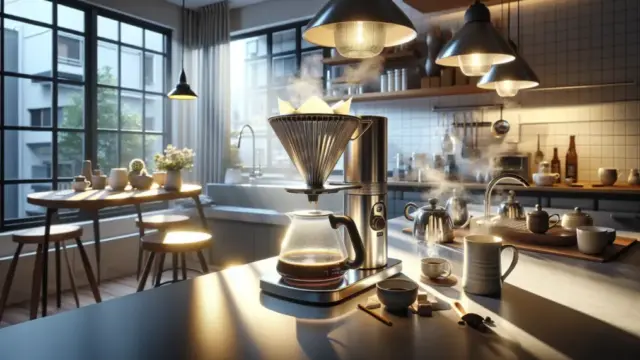





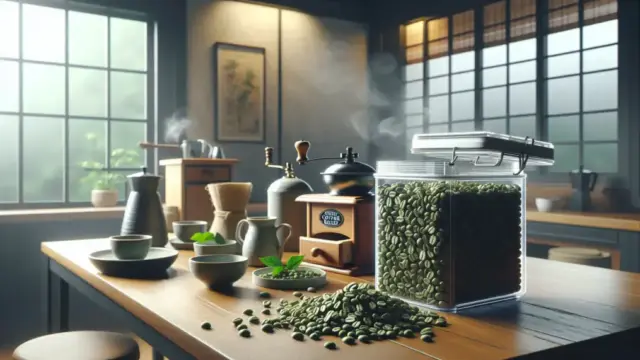



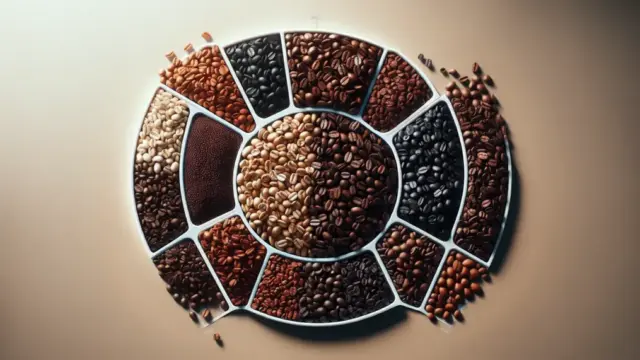
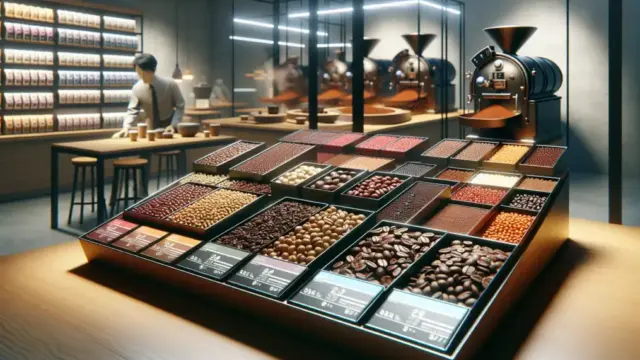













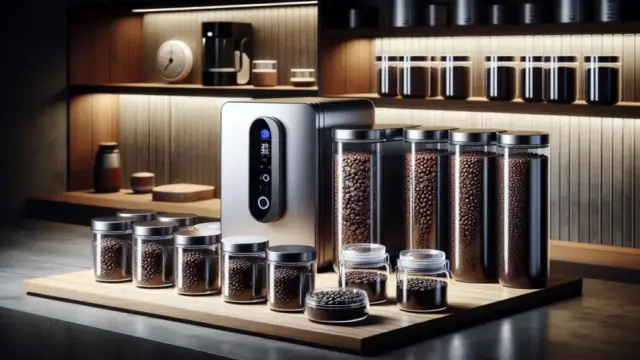




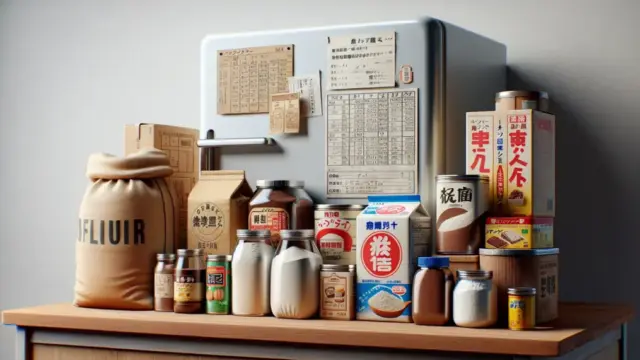













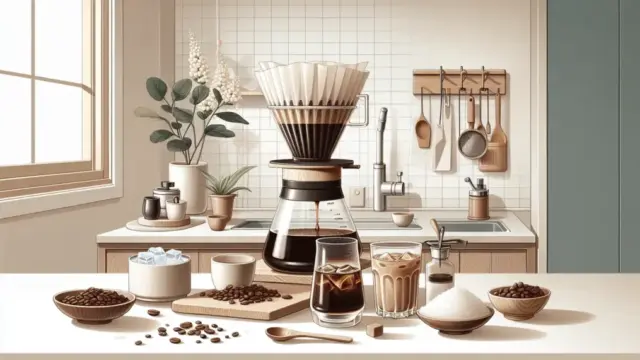


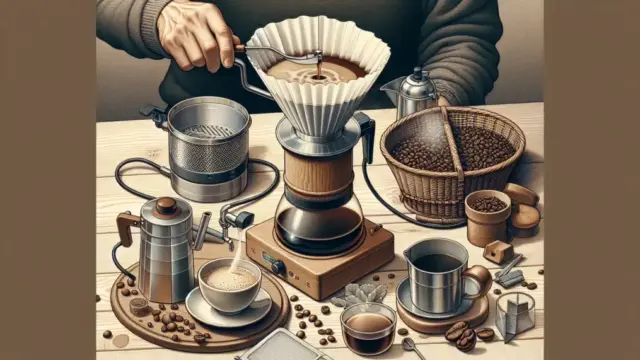






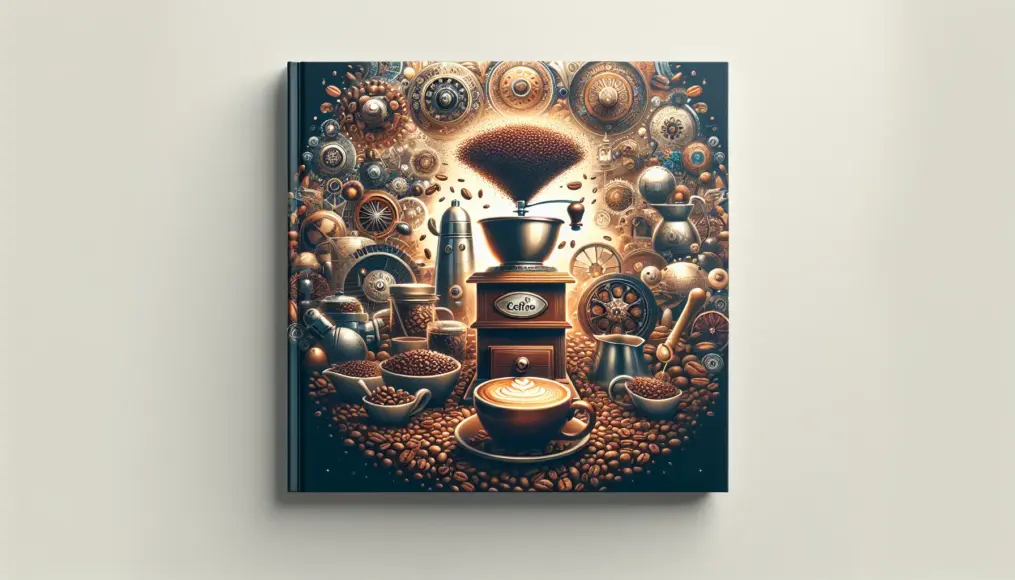

Comment